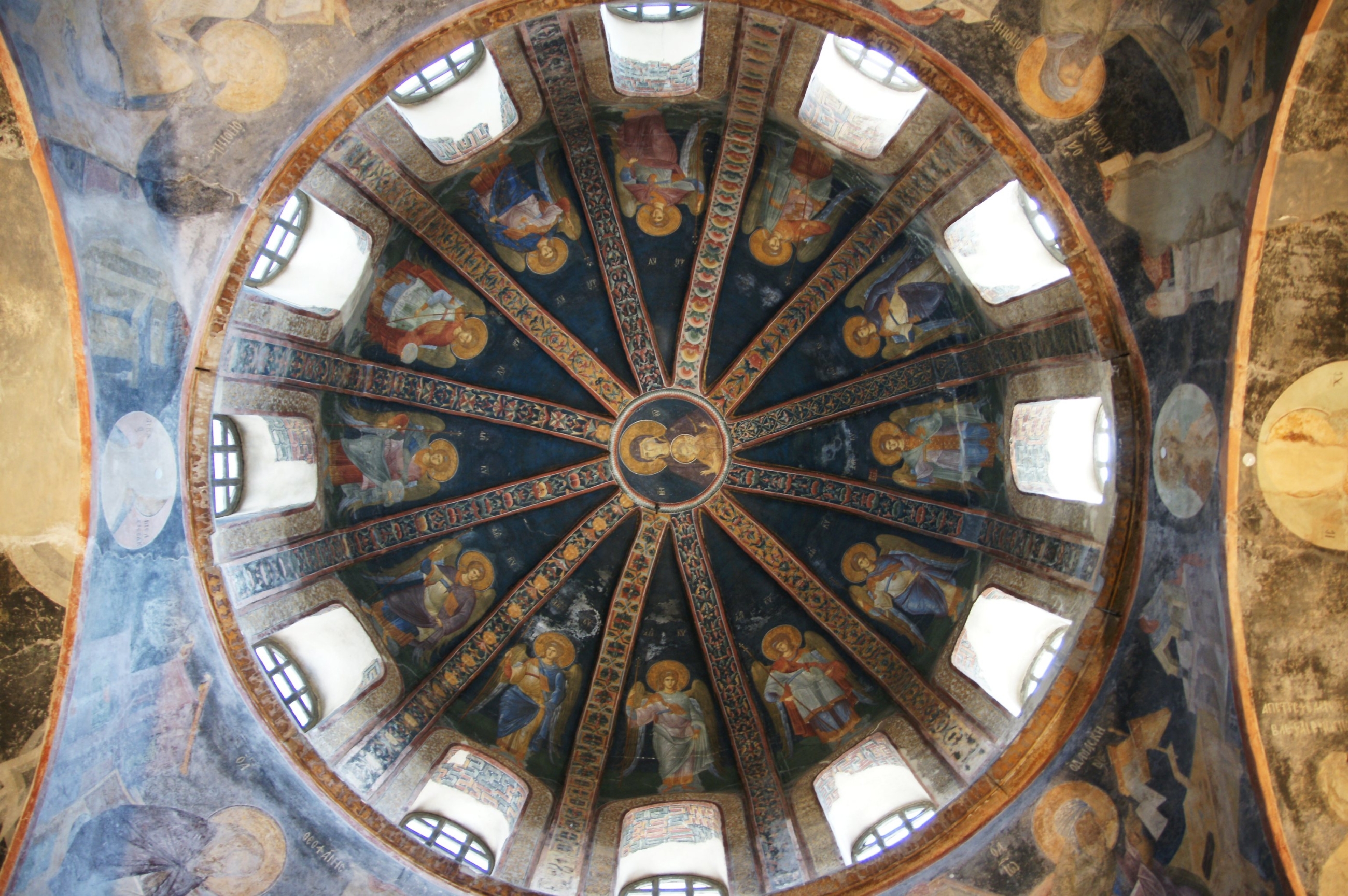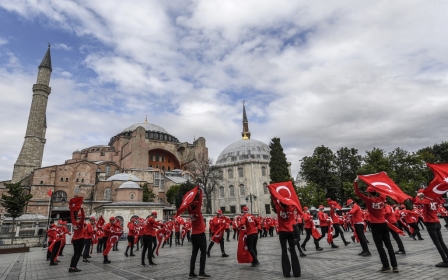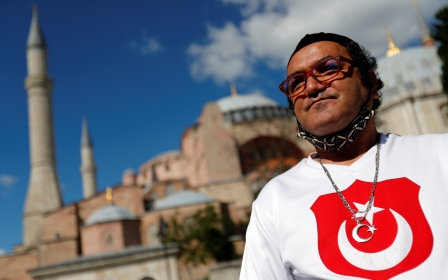Turkey turns another former Byzantine church into a mosque

Turkey's government has turned another signature Byzantine-era monastery known for its stunning mosaics in Istanbul into a mosque, one month after opening the iconic Hagia Sophia for Islamic prayers.
Turkish President Recep Tayyip Erdogan signed a decree on Friday morning to transfer the management of the medieval Chora Church to the Directorate of Islamic Affairs, so that it will now function as a mosque.
Last year, the Council of State ruled that the Chora Church building in Istanbul was endowed as a mosque under special legal circumstances during the Ottoman Empire, and that it was the state’s responsibility to preserve its intended status as a mosque.
The decision set a precedent and eventually convinced another branch of the Council of State to make a similar ruling about Hagia Sophia, a World Heritage site, in July. The decision was welcomed at home but condemned and chastised around the world.
The Chora Church and Hagia Sophia have a shared history, since they were both originally rebuilt by the Byzantine emperor Justinian in the sixth century. The internationally celebrated mosaics and frescoes depicting the lives of Jesus and Mary were added to the building in the 14th century after several reconstructions and expansions.
“The mosaics and frescoes in the Chora are the most beautiful examples dating from the last period of the Byzantine painting (14th century)", the official website for the Chora Museum says. "The characteristic stylistic elements in those mosaics and frescoes are the depth, the movements and plastic values of figures and the elongation of figures."
The building was converted into a mosque in 1511, several decades after the conquest of Istanbul in 1453. Both Hagia Sophia and the Chora Church were excavated by the same American philanthropist and Byzantine expert, Thomas Whittemore, in the 1930s and 1940s.
The Byzantine Institute of America has undertaken the job for more than 11 years, removing the plasters.
Under Erdogan, the Turkish government has reconverted four other Byzantine-era churches named Hagia Sophia in the cities of Trabzon, Kirklareli, Iznik and Edirne.
Authorities are likely to preserve the artwork, as they have done in Trabzon by creating special glass and light framework enabling the Islamic prayers, which aren't traditionally allowed in the presence of iconography.
This article is available in French on Middle East Eye French edition.
Middle East Eye delivers independent and unrivalled coverage and analysis of the Middle East, North Africa and beyond. To learn more about republishing this content and the associated fees, please fill out this form. More about MEE can be found here.





